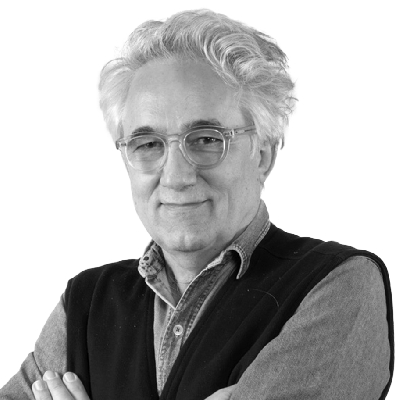The science of materials is generating strong pressure towards big changes of direction. One of the most recent ones seems destined to generate a conflict between calcium mines and eggs. Ivan Cornejo, a Chilean researcher who lives in the United States, has studied the environmental damages produced by calcium mines, for example in Asia, and has worked on a potential alternative: extracting calcium from egg shells that end up in the rubbish. He also discovered that different types of glassy materials can be recovered from food waste: nutshells, banana skins and corn. It is true, it seems strange that we move from mines to the vegetables that we find in markets, but we should not be surprised. The universe is immense but when we fix our spectroscopes towards far away celestial bodies we always find the same mix of elements. This is an incredible thing and at the same time it is very useful to understand how sustainability is an objective that can be pursued with some intelligent alternative alchemies.
The Edmund Mach Foundation from Trento has developed a project for preserving apples in abandoned mines – obviously not open pit ones. This is a very interesting project for a very simple reason: it is a naturally fresh environment and therefore there is no need for fridges that consume a lot of energy. But we will talk about fridges and vegetables another time.
So we have been digging mines for a long time but many materials can actually be found in many places and forms around us. Today we have the instruments to recover them (maybe we have had them for a while...).
One example: while cleaning the streets, we could recover precious materials from the dust that is deposited there. Platinum, palladium, rhodium. All these materials come out of catalytic converters. Angela Murray (University of Birmingham, UK) has developed a system to do that.
Mats Eklund from the University of Linköping, Sweden, has analyzed how much iron, copper and aluminium is trapped in the cablings networks that lie underneath the streets of our cities, such as wires and all sorts of devices that are not used. They carried out an experiment in three Swedish towns, and by projecting the results at the national level, they have estimated the presence of 630 million dollars in recoverable materials, at a lower cost than extracting them from mines.


